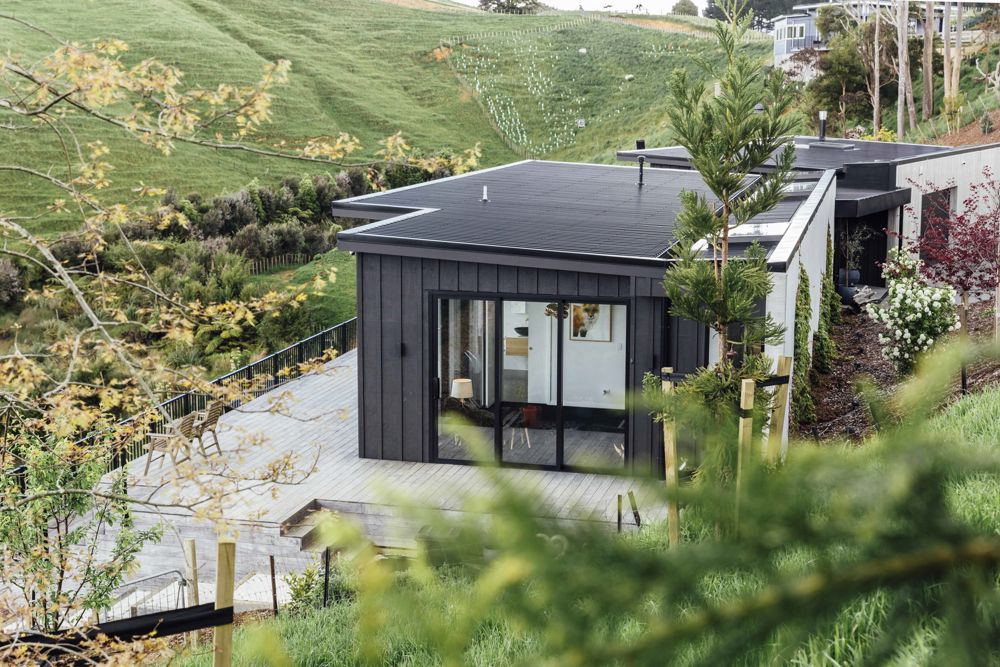In an ever-changing world, future-proofing your home has become an essential task for homeowners looking to adapt to technological advancements, environmental challenges, and evolving lifestyle needs. Future-proofing means making decisions that ensure your home remains functional, energy-efficient, and resilient over the long term. Whether you’re renovating or building from scratch, there are key design, tech, and sustainability upgrades that can help prepare your home for whatever the future holds.
1. Embrace Sustainable Design Choices
As we face growing concerns over climate change and resource depletion, sustainability is no longer just a trend—it’s a necessity. One of the first steps to future-proofing your home is to incorporate sustainable design principles that reduce your environmental footprint.
Energy-Efficient Insulation
Proper insulation is one of the most effective ways to maintain a comfortable indoor temperature without over-relying on heating or cooling systems. Using high-quality, eco-friendly insulation materials like cellulose or spray foam can improve your home’s energy efficiency, reduce heating and cooling costs, and keep your home comfortable year-round.
Solar Power
Solar energy is a smart and eco-conscious investment that can reduce your dependence on fossil fuels and lower your electricity bills. Installing solar panels on your roof is one of the best ways to future-proof your home while contributing to a greener planet. Consider integrating a solar-powered system to charge your home’s electrical needs or even to power your electric vehicle.
Green Roofing and Landscaping
A green roof, which involves planting vegetation on your roof, can help with temperature regulation and air quality. Similarly, native plants and drought-resistant landscaping require less water, making them sustainable and more adaptable to climate changes.
2. Incorporate Smart Home Technology
Smart technology is transforming how we live, offering convenience, security, and energy savings. By integrating smart tech into your home, you can future-proof it with cutting-edge systems that provide automation and remote control.
Smart Thermostats
Devices like the Nest Thermostat or ecobee allow you to control your home’s temperature from your smartphone. These devices learn your preferences and adjust the temperature accordingly, ensuring your home stays comfortable without wasting energy. They can even be programmed to adjust based on your schedule, saving you money on utility bills.
Voice-Activated Assistants
Smart speakers like Amazon Echo or Google Home can act as the central hub for managing your smart devices. These voice assistants help you control lighting, security systems, music, and more, all hands-free, providing a seamless experience in your home.
Home Security Systems
Today’s home security systems are more advanced than ever. With cameras, motion detectors, and doorbell cameras, smart security systems give you real-time updates and the ability to monitor your property remotely. Many systems also feature integration with smart lighting, locks, and alarms to provide a comprehensive security setup.
Smart Appliances
Appliances like refrigerators, washing machines, and ovens are becoming smarter and more energy-efficient. These devices can be controlled remotely, provide usage reports, and even alert you when maintenance is needed, helping you keep everything running smoothly.
3. Maximize Space with Flexible Design
The way we use space is constantly changing. A home that accommodates future lifestyles should be adaptable to new needs. Whether it’s a growing family or the transition to remote work, flexible design features can ensure your home evolves with you.
Open Floor Plans
Open floor plans provide versatility, allowing you to easily adapt spaces to fit your changing needs. For instance, a spacious living area can be used for family gatherings, and later converted into a home office or study area when necessary. Incorporating movable partitions or sliding doors can help create distinct zones, all while preserving the open, airy atmosphere. If you’re looking to add even more functionality, consider installing affordable home elevators in Salt Lake City, UT, which can make it easier to navigate multi-level spaces and enhance the overall flow of your home.
Multi-Functional Furniture
As the demand for more efficient use of space increases, multi-functional furniture has gained popularity. Modular couches that transform into beds, fold-away desks, and built-in storage units all help maximize space without clutter. These adaptable pieces are especially useful in smaller homes and apartments.
Flexible Workspaces
With remote work becoming more common, a dedicated workspace at home is essential. But instead of building a permanent office, consider creating a flexible area that can serve as a home office, study nook, or hobby space, depending on your needs. Incorporate built-in desks, wall-mounted storage, and cable management systems to keep the area organized and versatile.
4. Prioritize Long-Lasting Materials
The materials you choose for your home’s construction or renovation can significantly impact its longevity and sustainability. Future-proof your home by opting for durable, low-maintenance materials that will stand the test of time.
Sustainable Flooring
Materials like bamboo, cork, and reclaimed wood are not only sustainable but also durable and stylish. These flooring options have a long lifespan and require less maintenance than traditional hardwood. Additionally, recycled or composite materials like terrazzo and recycled glass can create a unique and eco-friendly aesthetic.
Durable Countertops
Choose countertops made from materials like quartz, recycled glass, or concrete that are highly resistant to damage and wear. These materials are designed to last, reducing the need for frequent replacements and repairs.
Weather-Resistant Exterior Finishes
To ensure your home withstands the elements, choose weather-resistant materials for your home’s exterior. Fiber cement siding, for example, is a durable and low-maintenance option that resists rot, fire, and insects. Additionally, metal roofing is a sustainable choice that can last for decades.
5. Plan for Future Technological Advances
Technology is advancing at an exponential rate, and your home should be ready to accommodate future innovations. When designing or upgrading your home, consider building in features that will make it easier to adopt new technologies down the road.
Wiring for Smart Tech
Even if you’re not currently incorporating smart devices, it’s a good idea to wire your home for them. Install extra outlets and Ethernet ports in key areas to make it easier to integrate new tech in the future. Consider adding a central hub for managing devices and ensure your home is prepared for future tech upgrades.
5G Connectivity
As 5G networks expand, ensuring that your home is equipped with the necessary infrastructure to support high-speed internet is essential. Installing fiber-optic cables and ensuring proper Wi-Fi coverage will ensure you can take full advantage of fast, reliable connections in the future.
In Conclusion
Future-proofing your home requires careful consideration of design, technology, and sustainability. By making thoughtful choices, such as embracing energy-efficient solutions, incorporating smart technology, and opting for durable materials, you can create a home that is both functional and forward-thinking. With these steps, you’ll not only prepare your home for the future but also contribute to a more sustainable and efficient lifestyle.

